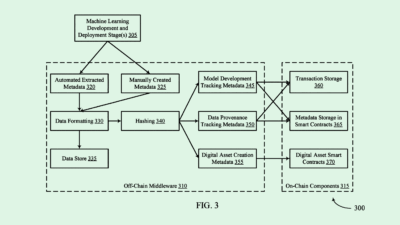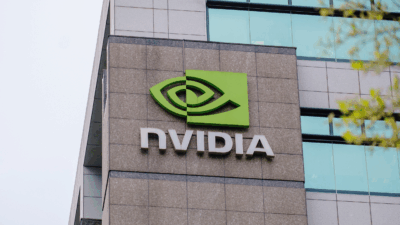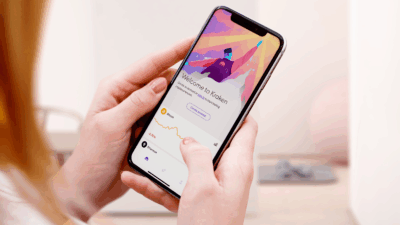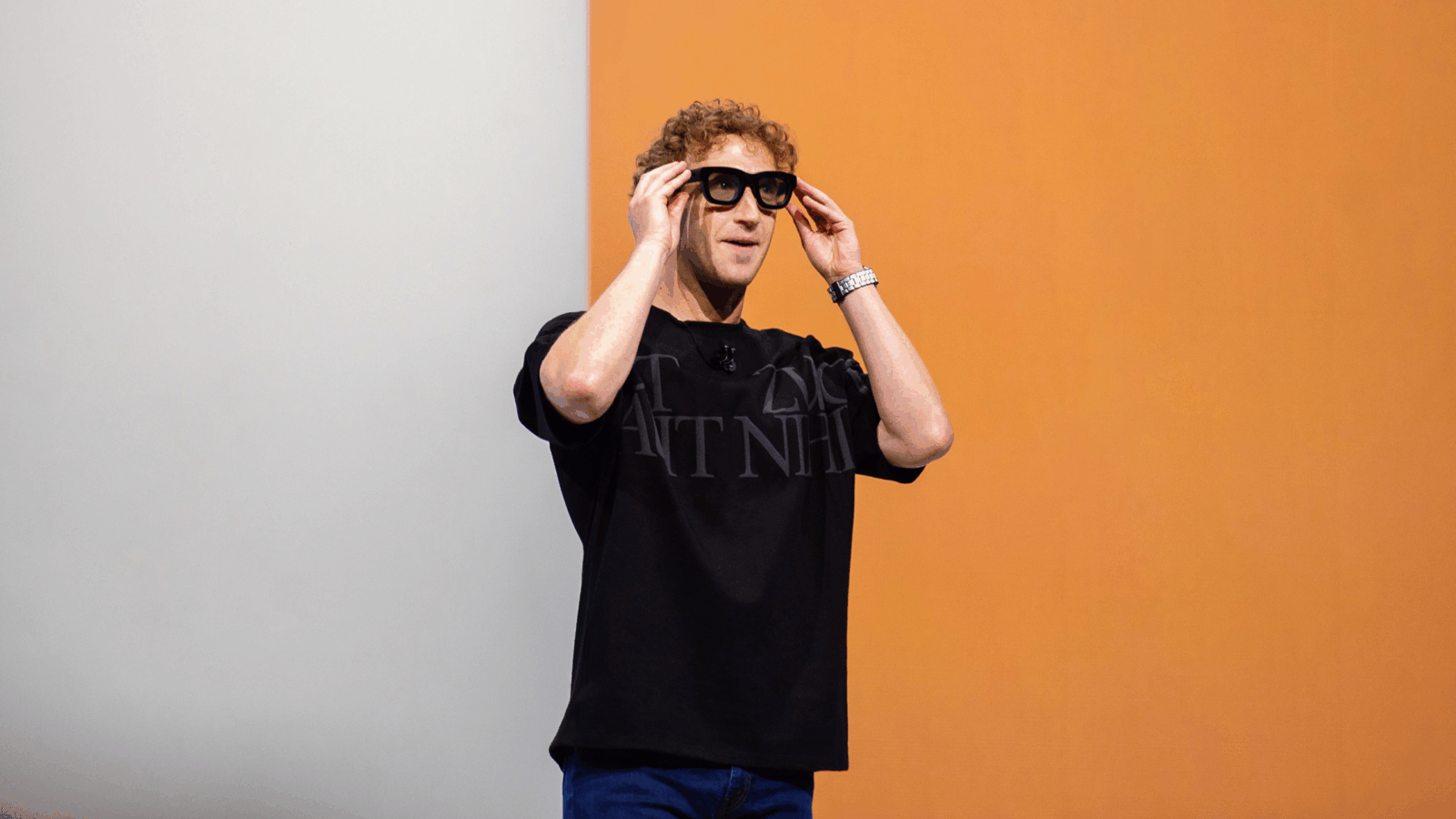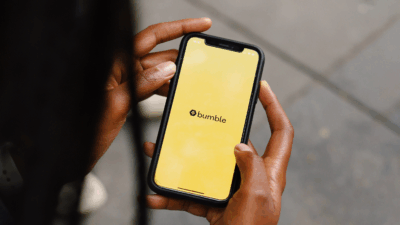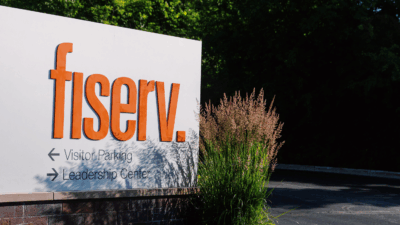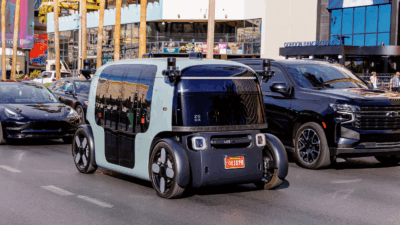
Sign up for smart news, insights, and analysis on the biggest financial stories of the day.
You can’t teach an old dog new tricks, and apparently generative AI is yet to get smarter than a dog.
Snap, like its larger Silicon Valley brethren, has got a generative AI chatbot capable of hobnobbing with users. What might seem like idle generated chit-chat, however, is being turned into a trove of data that Snap plans to use to target users with ads. It’s a business model you may have heard of.
Snap To It
Snapchat may have faded from the cultural consciousness a bit, but the app still has millions of users — 750 million monthly active users to be precise. In February Snapchat launched My AI, a chatbot underpinned by ChatGPT that’s currently available to all users (after initially being available only to those who pay the $3.99 monthly subscription for Snapchat+).
On Thursday the company said users have sent 10 billion messages to My AI, and guess what? That’s a lot of useful data:
- Snap found users ask My AI for recommendations, meaning Snap could offer advertisers the chance to slot their ads in at relevant points in a conversation with the bot. The company has already tinkered with inserting sponsored links into the bot’s conversations.
- More generally a user’s chat data could give clues about their interests, meaning that data could be bundled up for targeted ads outside of their discussions with My AI.
If Snap hoovering up data for targeted ads sounds creepily familiar, wait until you hear about Uber. The company’s apps will start displaying video ads, bringing it closer in line with those weird free apps you have on your phone that autoplay ads for even weirder, obscure mobile games.
Not Creepy At All: Unlike those apps though, Uber will be tapping into its own trove of personal data about you, including your travel and purchase history, while you anxiously check your app to see how far your cab is. “We have two minutes of your attention. We know where you are, we know where you are going to, we know what you have eaten,” Uber’s ad chief Mark Grether told The Wall Street Journal, adding: “We can use all of that to then basically target a video ad towards you.” That is, if users aren’t too busy frantically texting their driver to say they’ve gone down the wrong road.



